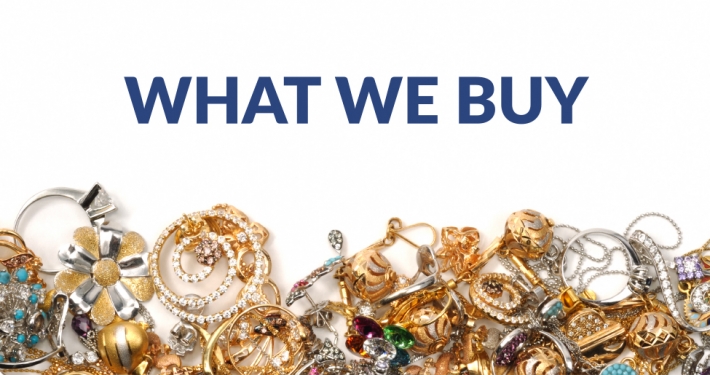Securing Gold Standards Through Efficient Certification Practices
Securing Gold Standards Through Efficient Certification Practices
Blog Article
Au is one of the most sought-after precious elements in the world. Its worth is not only based on its aesthetic appeal but also on its scarcity and the various applications it has in different industries. However, guaranteeing the standard of gold is crucial for purchasers and sellers alike. This is where effective verification practices come into effect. Certification helps to validate the purity and genuineness of gold, providing both consumers and stakeholders confidence in their acquisitions.
The process of certifying gold involves several phases. Firstly, the gold must be examined for its purity, which is usually gauged in karats. Pure gold is 24 carats, but gold is often alloyed with other metals to improve its durability and look. Testing can be conducted through different methods, such as chemical tests or X-ray fluorescence, which offer accurate measurements of the gold content. Once the testing is complete, a certification body can issue a document that confirms the gold's standard, ensuring that purchasers know exactly what they are receiving.
Certification not only safeguards consumers but also assists maintain the integrity of the gold market. Reputable certification bodies establish rigorous standards that gold must meet before it can be certified. These standards include responsible sourcing, meaning that the gold should be acquired in a way that does not harm the environment or unfairly use workers. By complying to these standards, certified gold promotes responsible mining methods and supports sustainability in the industry.
Another crucial aspect of gold certification is tracking. Many consumers today are interested in knowing where their gold comes from and how it was manufactured. Certification methods often include a traceability special info system that tracks the gold from source to market. This transparency is vital in building trust between buyers and vendors. When buyers know the source of their gold, they can make educated choices, and this can lead to increased interest for responsibly sourced products.
In summary, efficient certification practices play a critical role in guaranteeing gold quality. They provide confidence to consumers about the purity and genuineness of their acquisitions, while also encouraging ethical and importance of consumer education on gold certification sustainable methods within the gold industry. As the demand for gold continues to grow, maintaining high criteria through certification will be essential for building trust and credibility in the market. By backing certified gold, consumers can contribute to a more ethical and transparent sector.